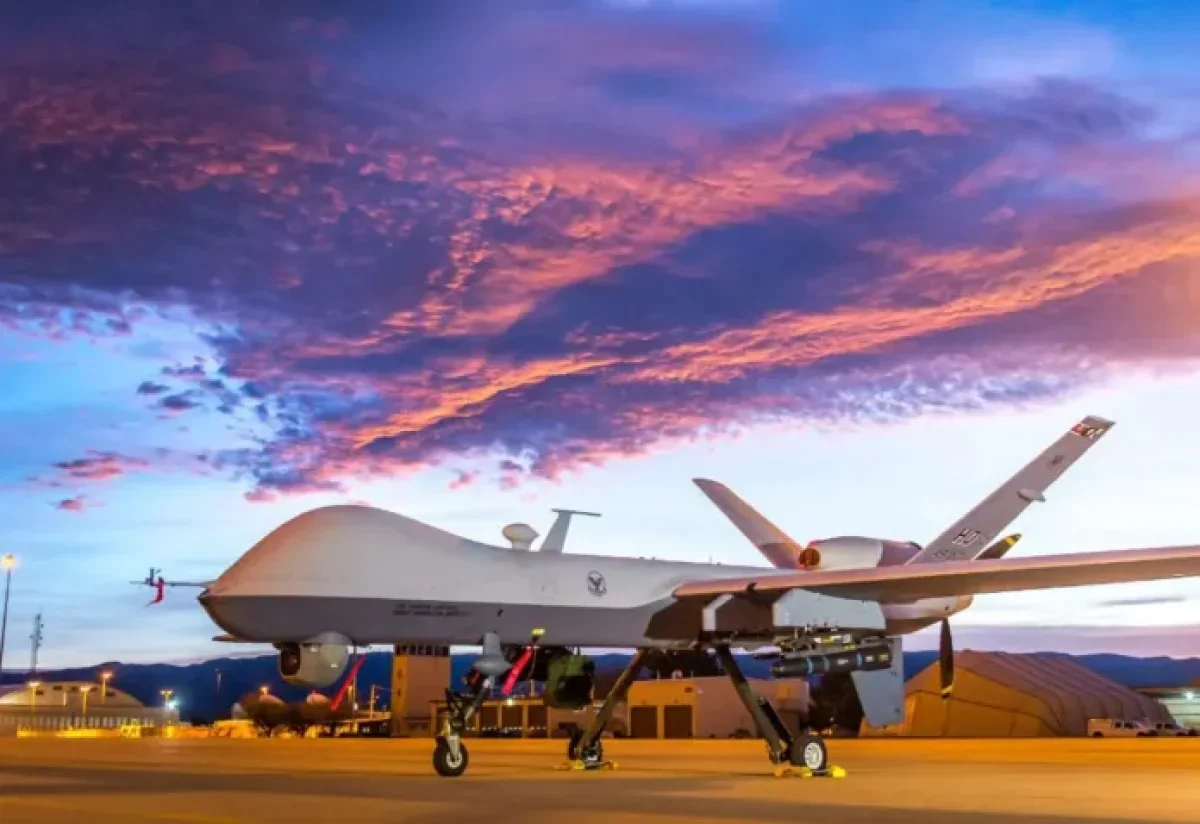Drones are being upgraded with systems for "joint multi-domain operations."

On November 8, an American MQ-9 Reaper drone was shot down by the Yemeni Houthi rebels' air defense systems. The Houthis claimed it was in Yemeni airspace, while the US official insisted it was downed over international waters, as reported by Sarbaz.kz.
Meanwhile, the Houthis have launched drones and rockets toward southern Israel at least four times since Hamas attacked Israel on October 7. The US Central Command stated that a Russian S-22 surface-to-air missile narrowly missed shooting down an American MQ-9 Reaper drone over Syria on November 27, 2022.
In March 2023, a Russian Su-27 shot down an MQ-9 Reaper reconnaissance drone over the Black Sea, dousing it with jet fuel. The drone's propeller was so severely damaged that the American military decided to ditch it in the water.
Earlier incidents include the Houthis shooting down an American MQ-9 Reaper over Yemen on June 6, 2019, with an SA-6 surface-to-air missile, reportedly facilitated by Iran. On August 21, 2019, another unarmed MQ-9 was shot down by the Houthis over Dhamar (Yemen) using a Yemeni-produced Fater-1 missile, an upgraded SA-6.
Viability of Large Drones in Challenging Conditions
The General Atomics MQ-1 and its successor, the MQ-9 Reaper, are unmanned aerial vehicles that emerged after the Cold War when the US did not anticipate a complex environment.
Initially designed to maximize maneuverability while carrying limited payloads, they were not intended for evasive maneuvers. Large drones were primarily used for reconnaissance and observation.
The incident on November 8 reignited public debates on the viability of large drones, given their costliness. For instance, India's proposed purchase of 31 MQ-9 drones would cost just over $3 billion USD, almost as expensive as F-16 class fighters.
Moreover, the conflict in Ukraine demonstrated that significant operational effects in combat zones could be achieved using low-tech, cheaper kamikaze drones instead. These effects would be amplified when deploying a swarm of drones.
The US has not made any changes to the MQ-9's design despite the increasingly complex operating environments. Improving its self-defense capability and maneuverability at high G-forces would require changes to the glider's design and durability compromises.
US military personnel have informed lawmakers that in its current state, the MQ-9 would face high risks in any operational deployment against Russia, China, or even Iran.
Modernizing the fleet of nearly 280 MQ-9 aircraft currently in service with the US Air Force might necessitate investments of around $12 billion USD, a modest sum by US budgetary standards.
The US Air Force's MQ-9 Block 5 Ghost Reaper concept involves rebranding the platform to integrate it into the Advanced Battle Management System (ABMS), serving as a node to connect fourth and fifth-generation aircraft with modern communication modules and secure data transmission channels.
AI-equipped unmanned systems will become highly effective collaborators with manned aircraft. Large drones could also serve as the primary vessel for smaller kamikaze drones.
Large drones could maintain secure air communication over vast distances. Drones are being upgraded with systems for "joint multi-domain operations" and remain crucial assets for operations in the "grey zone." This might mean increased onboard power generation. All future drones will be more discreet and enhance human-drone interaction.